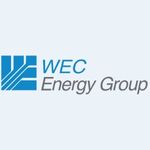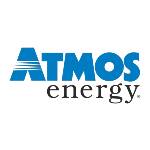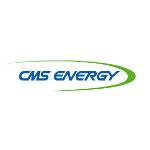Duke Energy Corporation operates within the Utilities sector, classified under the Electric Utilities subsector on the NYSE. Its origins trace back to entrepreneurs James Buchanan Duke and Benjamin Newton Duke, who began working on the electrification of the U.S. Southeast in the early 20th century, driven by the expansion of regional power infrastructure.
The portfolio of products and services includes power generation, transmission and distribution, as well as natural gas supply, renewable-energy solutions, grid services, energy marketing and storage projects. Operations encompass hydroelectric, nuclear, solar, wind and thermal generation assets.
The company’s market footprint is primarily domestic, with a significant presence in North Carolina, South Carolina, Florida, Indiana, Ohio and Kentucky. Additional participation extends to renewable-energy initiatives across other U.S. regions through corporate power-purchase agreements and institutional partnerships.
Market factors influencing performance include tariff regulation, power-generation costs, environmental compliance requirements, expansion of the renewable-energy mix and modernization of transmission networks. Competitive pressures stem from the expansion of independent power producers, increasing grid decentralization and the growth of distributed generation.
Scale is represented by a customer base exceeding 8 million electric and gas consumers, in addition to thousands of megawatts of installed generation capacity. Operations include hundreds of substations, transmission lines, generation facilities and operational units across its service territories.
The operational structure comprises Electric Generation, Distribution Networks, Renewable Solutions and Natural Gas Operations. Corporate headquarters are located in Charlotte, North Carolina, supported by regional centers and field units responsible for maintenance, engineering and technical services.
History and Foundation
The organization was founded in 1904 in Charlotte, North Carolina, through the establishment of Southern Power Company, created to supply electricity to the textile industry and rapidly growing communities in the U.S. Southeast.
During the early years, challenges included expanding infrastructure into rural areas, developing hydroelectric facilities and securing significant investment to meet industrial demand. Initial achievements involved early hydroelectric generation projects and the integration of regional transmission lines.
Expansion throughout the 20th century was marked by diversification of energy sources, entry into the natural-gas sector, growth across new states and the development of nuclear plants such as the McGuire Nuclear Station and the Catawba Nuclear Station. The portfolio expanded further into renewable-energy services and efficiency programs beginning in the 2000s.
Historical milestones include the corporate restructuring of the 1990s, strategic mergers with PanEnergy in 1997 and Progress Energy in 2012, and the consolidation of operations following the company’s earlier public listing through a predecessor’s oferta pública inicial (IPO). Integration of gas and electric assets strengthened the company’s position within the U.S. utilities sector.
Between 2020 and 2024, relevant developments included expansion of solar and wind projects, energy-transition plans with decarbonization targets, modernization of distribution networks, regulatory reviews, and tariff adjustments. Structural changes such as divestitures of non-core assets supported strategic repositioning and affected capital-markets performance.
Additional Information
The Company Duke Energy Corporation (United States), is listed on NYSE with a market cap of $ 94.72 Billions, having an equity of $ 52.63 Billions.
With a total of 28.798 employees, the company is listed in the sector of Utilities and categorized in industry of Electrical.
In the last 12 months the Company had a revenue of $ 31.66 Billions, which generated a profit in the amount of $ 4.99 Billions.
As for its main indicators, the Company has a P/E ratio of 18.98, a P/BV ratio of 1.80 and in the last 12 months the dividend yield of DUK was at 3.45%.
The Company is traded internationally through the ticker DUK.







































